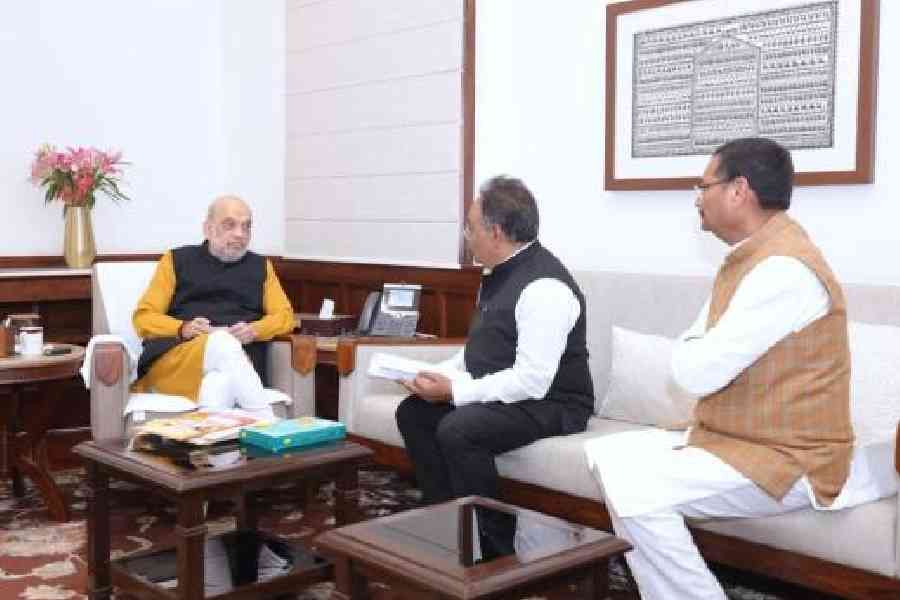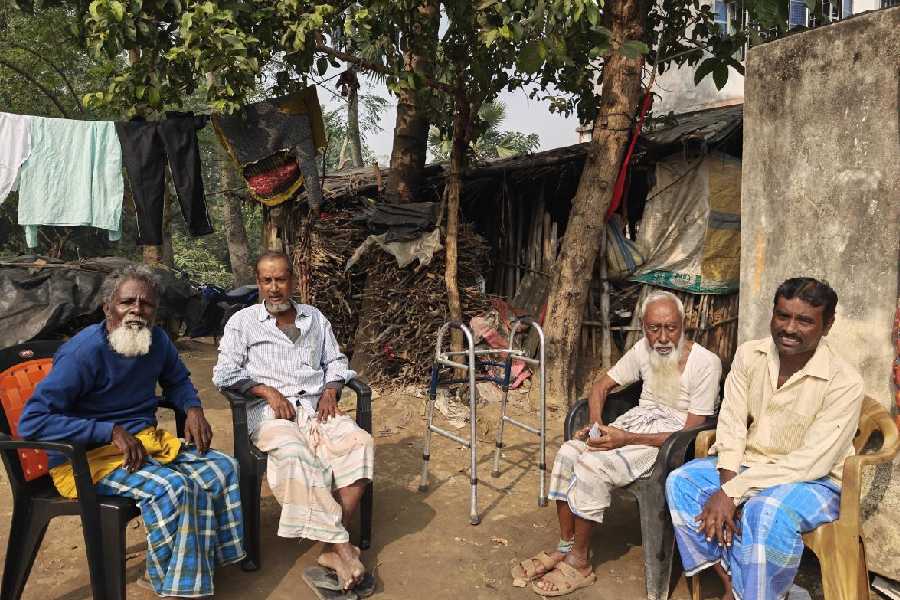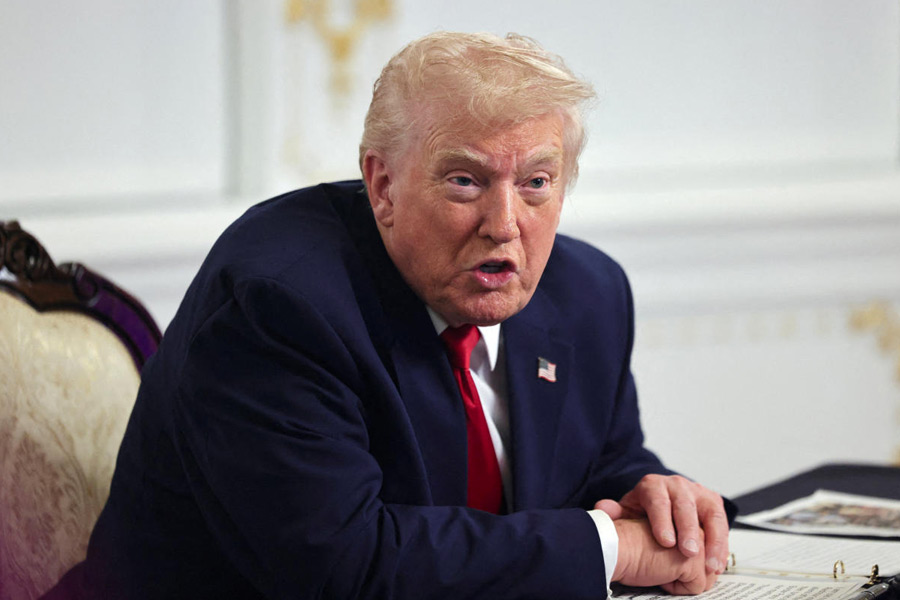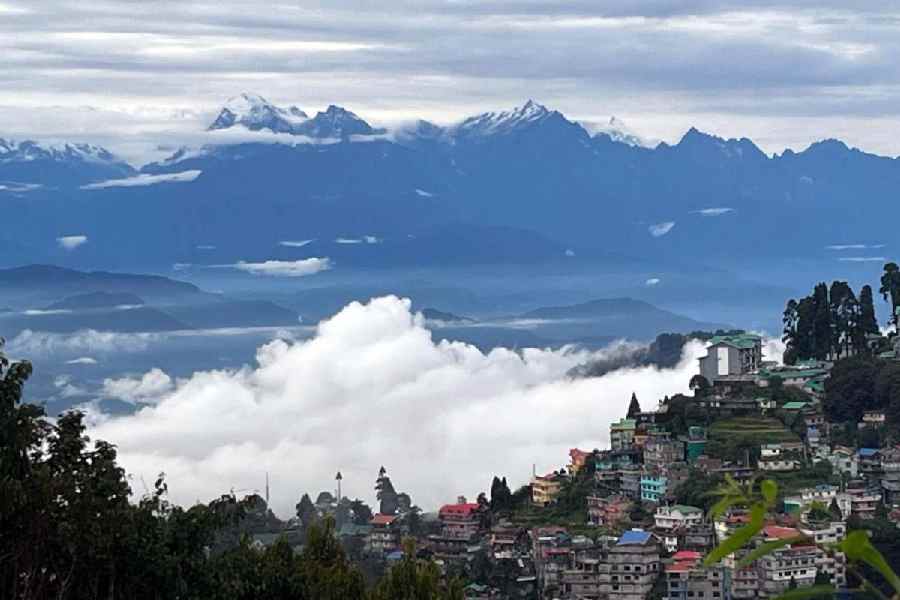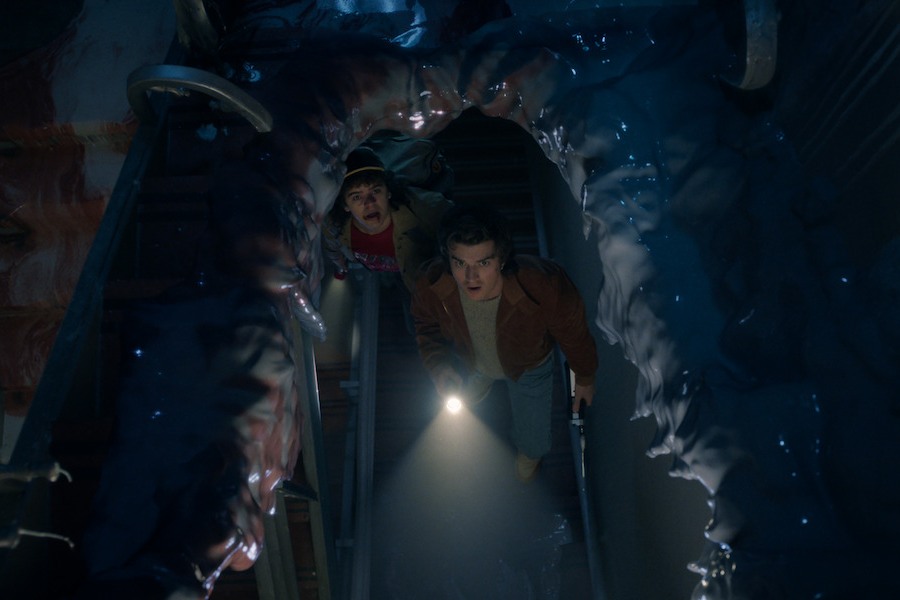 |
| Forgotten glory: The Oriental Seminary. A Telegraph picture |
It was one spirited dash for these girls of Delhi Public School, Ruby Park, at its third annual sports meet on the Salt Lake stadium grounds on Thursday. The DPS Society has declared 2005-06 as the Year of Sports for all schools under its banner. Picture by Pabitra Das
The Oriental Seminary played a significant role in Bengal?s renaissance. But 175 years on, not many know of it and the institution stands as a shadow of its former self.
Established on March 1, 1829, with the aim to educate Bengali youth in English, the Oriental Seminary soon became a centre of excellence, academically and otherwise. Its list of former students includes Rabindranath Tagore, Girish Ghosh, Sir Gurudas Bandopadhyay, Umesh Chandra Bonerjee, Amritalal Bose and Akshay Kumar Dutta.
Even Sir Asutosh Mukhopadhyay was associated with the school as the president of its governing body from 1907 to 1922 and Annie Besant held the post in 1926.
After being established by Gourmohan Addya at Benshohata, the school shifted its location thrice before moving into the present building in Chitpur, which was inaugurated by then governor of Bengal Lord Carmichael in 1914.
Good spoken and written English skills being his prerogative, Addya did not hesitate to bring in a British teacher. Eminent Shakespearean scholar Captain D.L. Richardson also taught English in the school later. Bengali was introduced as a medium of instruction in 1839. In 1836, a morning session for the infants was introduced. It was quite possibly the country?s first nursery school.
Apart from the usual subjects like science, history, philosophy and geometry, the Oriental Seminary familiarised its students in Indian tradition and culture as well.
On popular demand, three other branches of the institution were set up in Chitpur, southern Calcutta and Belghoria.
Records suggest that the Oriental Seminary is Bengal?s first private school (as even Hindu College had to abide by certain government guidelines). Its monthly fee of Rs 3 compared to Hindu College?s Rs 5 helped draw more students.
In 1853, Oriental Theatre was formed by the students of the institution and the early productions mostly comprised Shakespearean plays. But when English theatre failed to get popular, the group shifted to Bengali plays. However, the theatre group slipped into dormancy and was revived a decade ago.
The school became co-educational on January 2, 1934. The building, constructed by Martin Burn, was declared a heritage structure in 1999.
Though the institution looks the same, its glory has faded over the years. ?We don?t have problems with funds, and the facilities are up to the mark,?? countered headmaster Goutam Bhattacharya.
The socio-political scenario in Chitpur is a hindrance to the growth of educational institutions in the area. ?Those who study here are not from financially stable families. So they don?t get the same opportunities that children from middle-class families do. A lot more can be done for their betterment,? Bhattacharya added.
Subhajoy Roy,
Asutosh College
happenings here ?n? there
Around Town
 |
| A day of fun and games for underprivileged kids was organised by Jyotirmai Club at Ballygunge Shiksha Sadan on January 8. Picture by Sanjoy Chattopadhyaya |
Stage show
Theatre Spandan, Dum Dum, is an upcoming group led by director Sourav Gupta. Established some five years ago, it has dedicated performers, students and professionals. Sourav is a second-year journalism and mass communication student of CU. On January 3, the group performed Shabdogaon at Arts Complex Auditorium, Jalpaiguri. The play revolves around the plight of ignorant, superstitious and poor villagers in Shabdogaon, who believe in black magic. City dwellers Mahesh and Sarita fight against this social menace. The story is a grim reminder of the rampant corruption in our society as well. It also contains a message to save our environment. Shabdogaon has been running for the past few years, and is nearing its 50th show. It was performed at the last Hutch Odeon Theatre Festival in Calcutta too, apart from various parts of West Bengal. The organiser of the theatre festival was a local theatre group in Jalpaiguri, Chittapath. Many other groups also put up their shows at the event.
Amit V. Sengupta,
MA 1st year mass comm, CU
College social
Festivities started two days before Xmas at our college with the annual social organised by the Asutosh College Students? Union. Day One featured performances by city bands and a solo recital by classical singer Raghav Chattopadhyay. The next day, Hindi band Swastik took the stage, followed by a Tagore play, Raktakarabi, by Gano Nath Sangathan. The in-house talents stole the show with colourful song and dance programmes. Dhumketu and Paras Pathar ended the two-day fest with a fusion of baul and modern Bengali songs. The funds raised through the event will be used for the welfare of street children.
Krishnendu Chakraborty,
Asutosh College
The Diary
Blind
I can feel light,
I can feel warmth,
I can feel the dawn,
Coming in my way.
I can sense the green,
I can sense the freshness,
I can sense prosperity,
Maturing in my life.
I can breathe love,
I can breathe existence,
I can breathe power,
Impetus leading my destiny.
I can smell the rose,
I can hear the nightingale,
I can feel the seasons,
But cannot see myself.
Yes, I speak truth
As blessings are my sight.
Nafisa Zaman


